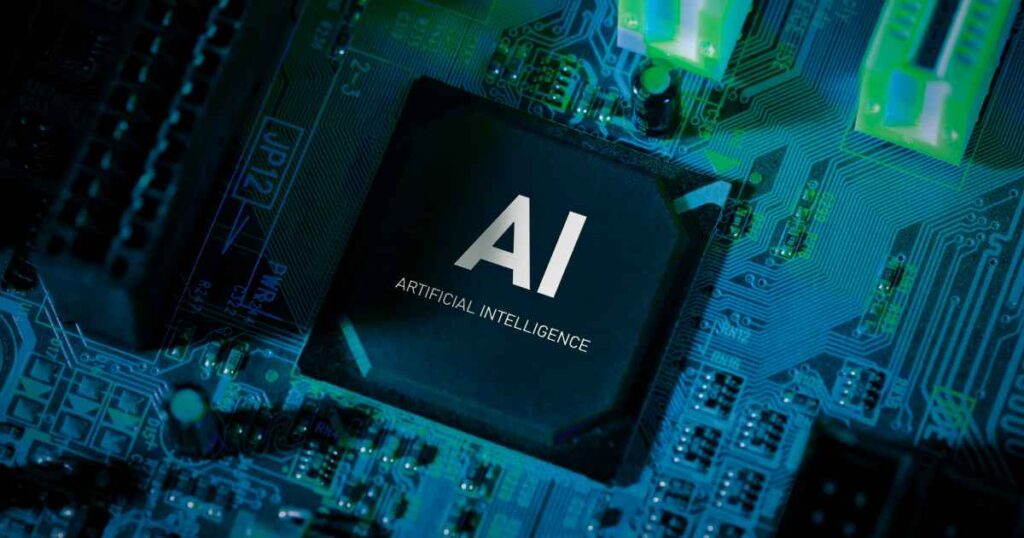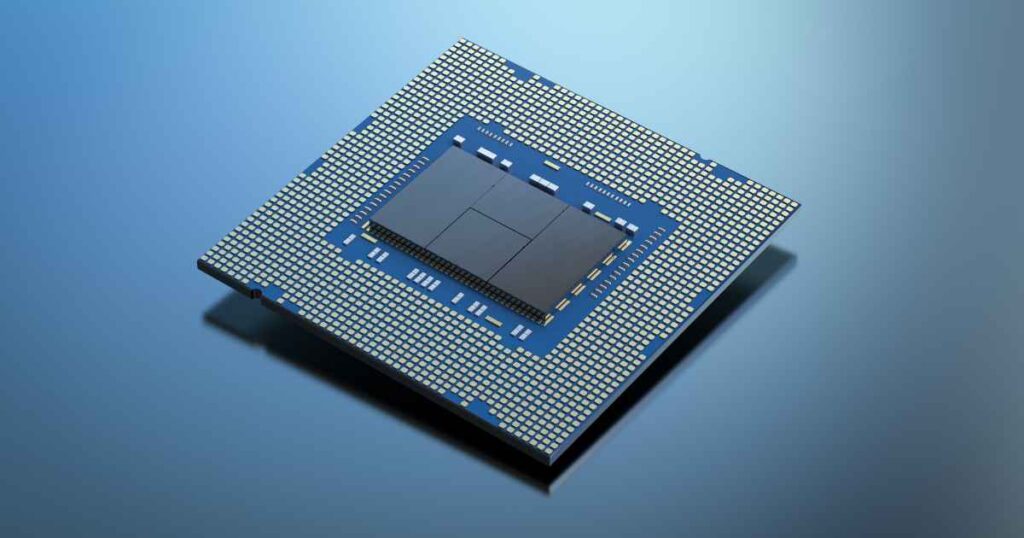As the development process of application-specific integrated circuits (ASICs) becomes more complex, electronic design automation (EDA) vendors are evolving to meet the demands of a fast-changing industry. In 2025, we’re seeing a powerful convergence of AI-driven automation, chiplet-based architectures, cloud-native tools and security-conscious design methodologies reshape how design and verification teams work.
For ASIC engineers and verification specialists, these aren’t just trends – they’re transforming daily workflows and fuelling innovation across the board. Whether you’re optimizing PPA (power, performance and area), scaling simulation workloads or navigating multi-domain integration, the evolution of EDA will shape the next generation of innovation.
AI-Powered Design & Verification Workflows

AI is becoming foundational to the next generation of EDA tools. Vendors like Synopsys and Cadence are embedding machine learning across synthesis, floorplanning, formal verification and debug to improve results and reduce manual effort. Tools such as Synopsys DSO.ai are already delivering measurable PPA gains through autonomous design space exploration.
In verification, AI is helping teams target corner-case bugs, prioritize test generation and accelerate closure – critical for scaling to the complexity of today’s SoCs. As SemiEngineering notes, these AI-assisted flows are reshaping coverage strategies and enabling teams to focus on the most difficult, high-risk areas.
Generative AI may seem like the buzzword of 2025, but it’s proving to be a genuine productivity multiplier. According to AWS, generative AI models can now assist semiconductor teams across the lifecycle – from automating RTL code and refining testbenches to enabling natural-language queries within complex tool environments. For junior engineers or small teams, this kind of assistance can drastically reduce iteration time and ease onboarding.
Cloud-Native EDA Toolchains

Cloud is no longer just a deployment option – it’s becoming an integral part of modern design workflows. EDA vendors are increasingly offering cloud-ready solutions that support on-demand scalability, burst simulation and remote collaboration.
With compute-intensive workloads and global teams, moving to the cloud unlocks new efficiencies for design and verification teams across the board. Engineers can scale verification jobs without queue delays, reduce infrastructure overhead and collaborate in real time across geographies. This is especially important as advanced node designs demand greater flexibility and tighter iteration loops.
Chiplet Architectures & Advanced Packaging

As monolithic SoCs hit limitations, chiplet-based architectures are gaining traction – especially in AI and HPC domains. This shift brings notable performance and flexibility benefits, but it also introduces new design, packaging and test complexities.
Modern EDA tools must now enable:
- Die-to-die interface validation across heterogeneous dies
- Early thermal and signal integrity analysis for 2.5D/3D integration
- Support for new standards like UCIe (Universal Chiplet Interconnect Express)
- System-level co-design and verification spanning logic, interposer and package
Security-Driven Design Methodologies

With rising IP reuse, outsourcing and supply chain risks, integrating security into the chip design lifecycle is becoming a top priority. Hardware-level attacks and threats are increasingly sophisticated, prompting a “shift-left” approach in EDA tools.
Key areas of focus include:
- Threat modeling and secure architecture planning
- Formal checks for hardware Trojans
- Security-aware synthesis and logic locking
- Secure IP provenance and tamper-proof design auditing
EDA tools are adapting to provide early security verification, cryptographic integration and traceability throughout the RTL-to-GDSII flow. This is especially important for designs targeting critical infrastructure, automotive and defense markets.
Analog & Mixed-Signal Integration

Despite the digital focus in many tools, analog and mixed-signal (AMS) design remains vital – particularly for automotive, communications and industrial ASICs.
To meet modern demands, AMS design environments are improving in several ways:
- Tighter integration of SPICE and mixed-signal simulation
- Advanced modelling tools for layout-dependent effects
- Automated testbench generation and AMS co-verification
These improvements enable more consistent handoffs between analog and digital teams, improve predictability and reduce costly late-stage rework.
Data-Driven Design & Analytics

Beyond automation, EDA is becoming increasingly insight-driven. Real-time telemetry, regression analytics and design trend dashboards are giving engineers the tools to make smarter decisions at every stage. Modern analytics platform help teams to predict tape-out readiness, prioritize verification tasks, identify performance bottlenecks and benchmark against historical data,
As these tools evolve, data literacy is emerging as a must-have skill for engineering teams. Decision-making is becoming more evidence-based – and engineers who can harness the right insights will gain a significant edge.
Global Collaboration and Ecosystem Integration

As ASIC development becomes more globally distributed, seamless collaboration across tools, vendors and geographies is critical. EDA tools now must support:
- Version-controlled, shareable design environments
- IP reuse and documentation standards like IP-XACT
- Simulation interoperability via UVM and Portable Stimulus
- Integrated platforms that bring together design, verification, data management and collaboration tools
These advancements drive faster cycles, stronger traceability and enable seamless integration with third-party IP vendors, foundries and system integrators – a competitive necessity in today’s landscape.
Future Outlook: The Semiconductor Context

According to Deloitte’s 2025 Global Semiconductor Industry Outlook, the sector is on track for a landmark year. After a strong 2024, with global sales growing by approximately 19% to $627 billion, the industry is projected to reach a record $697 billion in 2025, driven by demand for generative AI chips.
Looking further ahead, Deloitte forecasts a 7.5% compound annual growth rate, with global revenues potentially doubling to $2 trillion by 2040. However, the road to growth is not free of hurdles. Talent shortages, increasingly complex design flows and the demand for earlier security integration are putting pressure on design teams and EDA vendors alike.
Despite these challenges, the unprecedented growth and innovation within the semiconductor industry are motivating EDA vendors to evolve quicker than ever before. The clear trend is towards a “silicon to systems” vision, where AI-driven automation and cloud-native capabilities foster increasingly autonomous design environments. This transformation is not simply about optimizing chips, but about re-engineering the entire engineering process itself. By enabling design teams to navigate complexity, accelerate innovation and scale efficiently, EDA is the critical enabler for the next era of electronics.
Further Reading
- Deloitte: 2025 global semiconductor industry outlook
- Synopsys: Re-engineering Engineering™ from Silicon to Systems
- SemiEngineering: Navigating The Future Of EDA
- SemiEngineering: EDA’s Top Execs Map Out An AI-Driven Future
- Synopsys: Using AI to Accelerate Chip Design: Dynamic, Adaptive Flows
- SemiEngineering: 2025: So Many Possibilities
- McKinsey & Co: Unleashing developer productivity with generative AI
- AWS for Industries: Generative AI for Semiconductor Design and Verification
- Siemens: Breaking the bottleneck: Overcoming the Verification Productivity Gap 2.0
- SemiEngineering: Taking EDA To The Cloud
- Synopsys: The Future of Electronic Design Automation (EDA)
To stay ahead with the latest news from across the semiconductor field, follow AsicPro Solutions on LinkedIn

